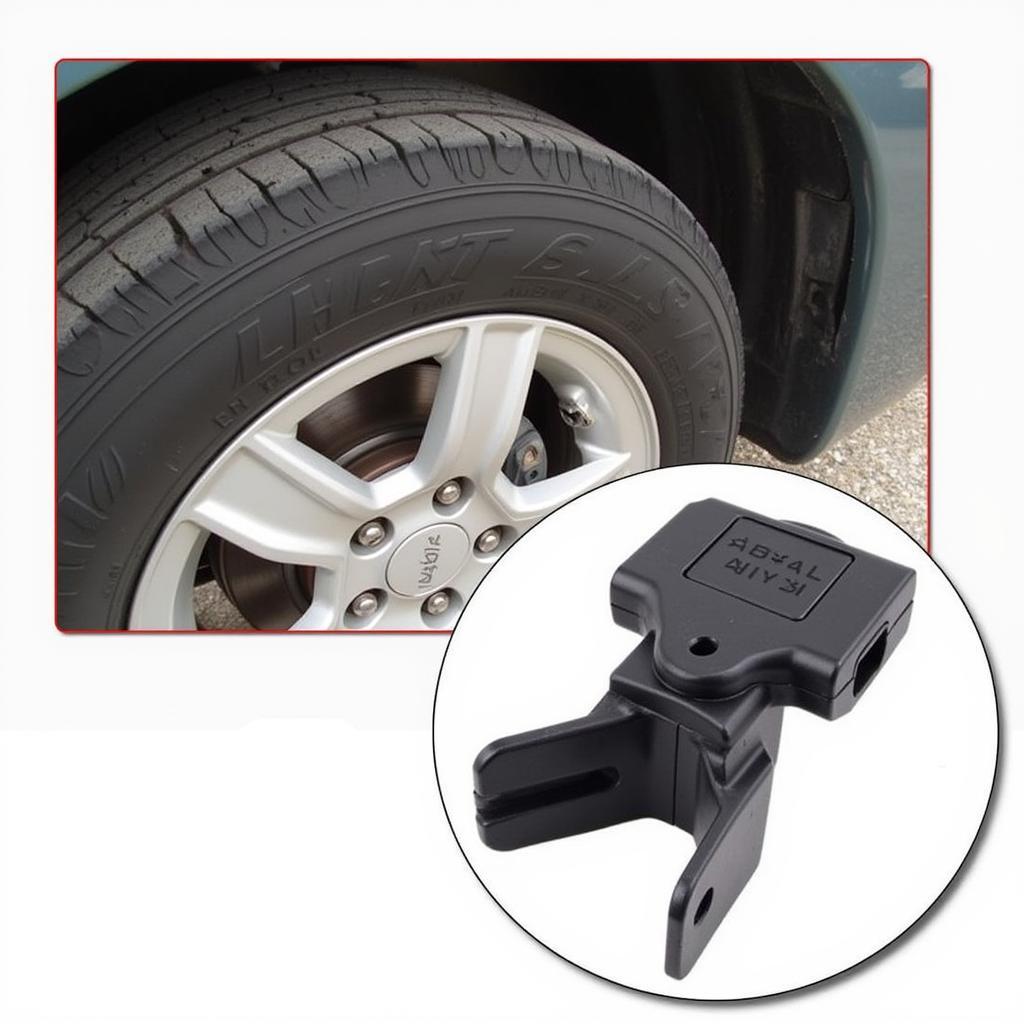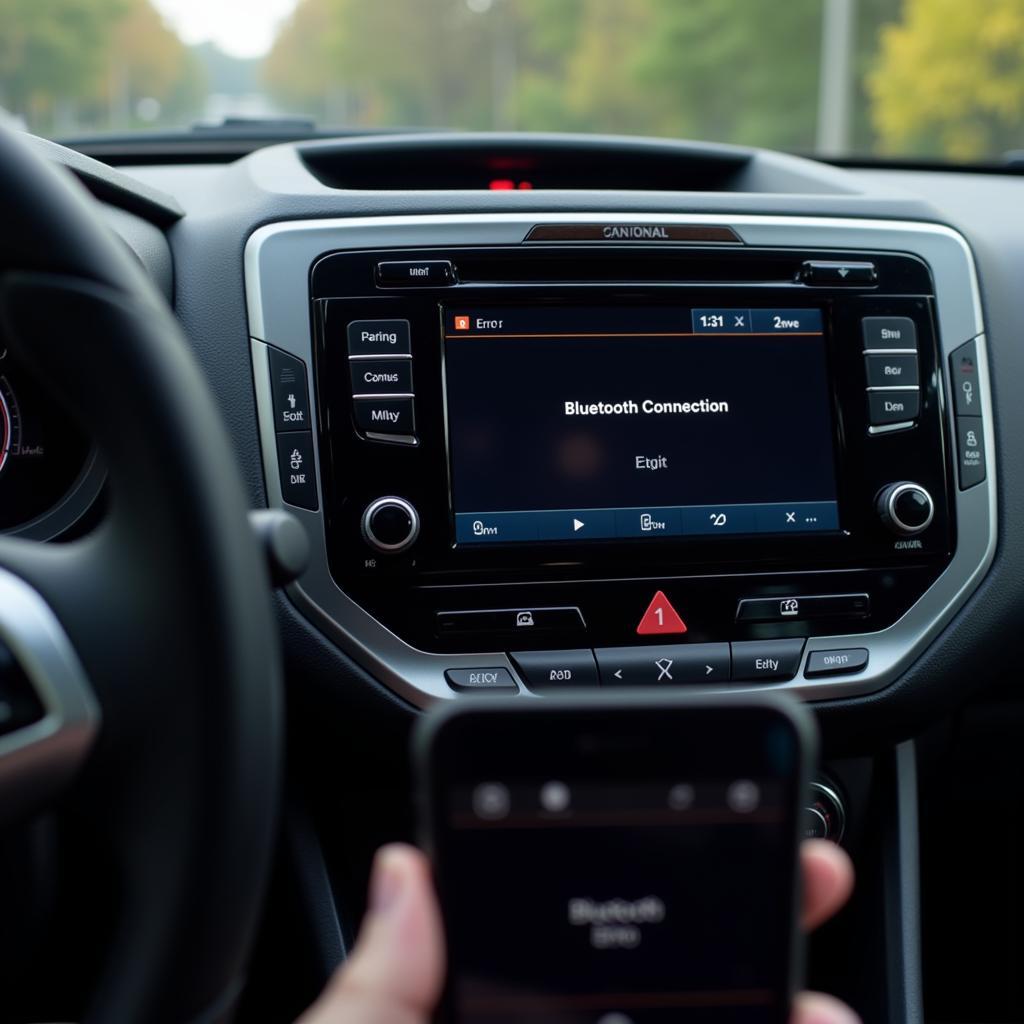The 2010 Nissan Altima brake warning light can be a source of anxiety for drivers. Understanding why this light illuminates and how to address the issue is crucial for maintaining your vehicle’s safety and performance. This article provides a comprehensive guide to troubleshooting and resolving the brake warning light issue in your 2010 Nissan Altima.
Common Causes of the Brake Warning Light
The brake warning light in your 2010 Nissan Altima can be triggered by several factors, ranging from simple issues like low brake fluid to more complex problems like faulty ABS sensors. Identifying the root cause is the first step towards effective repair.
Low Brake Fluid
One of the most common reasons for the brake warning light is low brake fluid. This indicates a potential leak in the brake system, which requires immediate attention.
Worn Brake Pads
Another frequent culprit is worn brake pads. As brake pads wear down, the brake fluid level drops, triggering the warning light. Regular brake pad replacement is essential for optimal braking performance and safety.
Faulty ABS Sensors
The Anti-lock Braking System (ABS) plays a vital role in preventing wheel lockup during hard braking. A malfunctioning ABS sensor can illuminate the brake warning light and compromise the effectiveness of the ABS system.
 Faulty ABS Sensor Location on a 2010 Nissan Altima
Faulty ABS Sensor Location on a 2010 Nissan Altima
Parking Brake Engaged
Sometimes, the simplest explanation is the correct one. If the parking brake is engaged, even slightly, the warning light will remain on. Ensure the parking brake is fully released.
Diagnosing the Problem
Diagnosing the 2010 Nissan Altima brake warning light involves a systematic approach.
- Check the parking brake: Make sure it’s fully disengaged.
- Inspect the brake fluid level: If it’s low, top it off and monitor for leaks. Persistent low fluid indicates a leak requiring professional attention.
- Check brake pad thickness: Visually inspect the brake pads through the wheel spokes. If they appear thin, consult a mechanic for replacement.
- Scan for trouble codes: Use an OBD-II scanner to retrieve diagnostic trouble codes related to the braking system. These codes can pinpoint the specific area of concern, such as a faulty ABS sensor.
What if the light stays on after checking these things?
If the 2010 Nissan Altima brake warning light persists after these initial checks, it’s advisable to seek professional assistance. A qualified mechanic can perform a more thorough diagnosis and identify any underlying issues within the braking system.
Remote Diagnostics and Programming
Modern automotive technology allows for remote diagnostics and programming, offering convenient solutions to certain brake system issues. Specialized software can access your vehicle’s computer system remotely, identify problems, and even implement software updates to resolve them.
“Remote diagnostics is a game-changer,” says automotive electrical engineer, David Miller. “It can save time and money by quickly pinpointing the root cause of a problem, sometimes eliminating the need for a physical visit to a repair shop.”
Conclusion
Addressing the 2010 Nissan Altima brake warning light promptly is essential for your safety. By understanding the common causes and employing a systematic diagnostic approach, you can take the necessary steps to ensure your vehicle’s braking system is functioning optimally. If the problem persists, consider remote diagnostics and programming or consult a qualified mechanic for expert assistance. Ignoring the brake warning light could lead to more serious problems and compromise your safety.

